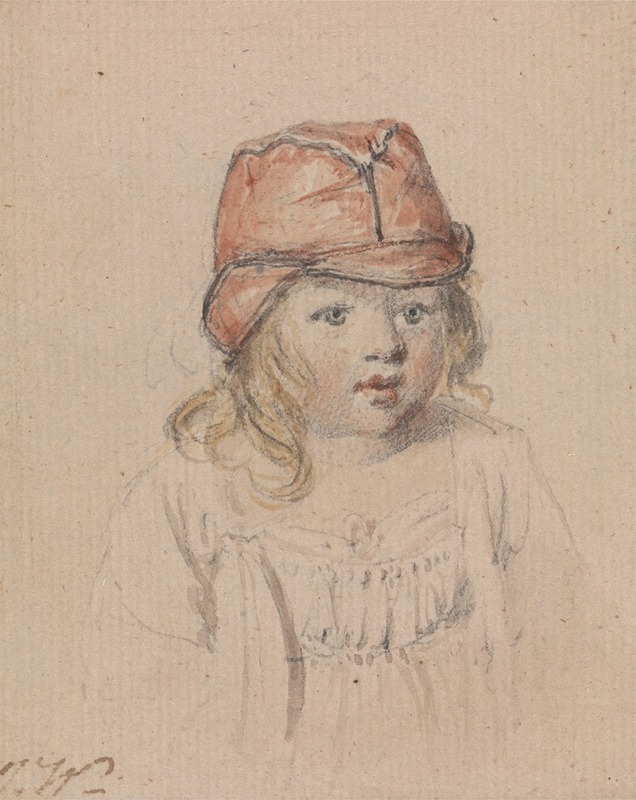
Henry James William Ward, Son of the Artist
A hand-painted replica of James Ward’s masterpiece Henry James William Ward, Son of the Artist, meticulously crafted by professional artists to capture the true essence of the original. Each piece is created with museum-quality canvas and rare mineral pigments, carefully painted by experienced artists with delicate brushstrokes and rich, layered colors to perfectly recreate the texture of the original artwork. Unlike machine-printed reproductions, this hand-painted version brings the painting to life, infused with the artist’s emotions and skill in every stroke. Whether for personal collection or home decoration, it instantly elevates the artistic atmosphere of any space.
Henry James William Ward, Son of the Artist is a painting by the British artist James Ward (1769–1859). James Ward was a prominent painter and engraver of the late 18th and early 19th centuries, known for his works in the Romantic style, particularly his animal paintings and portraits. This specific artwork depicts Ward's son, Henry James William Ward, and is considered a personal and intimate portrayal by the artist.
The painting is an oil on canvas, showcasing Ward's skill in capturing both the physical likeness and the emotional depth of his subject. The composition focuses on the young boy, with attention to detail in his facial expression and posture, reflecting the artist's affection and paternal connection. The use of light and shadow in the painting highlights Ward's mastery of technique, which was influenced by his training as an engraver and his exposure to the works of other prominent artists of his time.
James Ward's career was marked by his versatility, as he worked across various genres, including portraiture, landscapes, and animal studies. He was elected a Royal Academician in 1811, a recognition of his contributions to British art. While much of his work was commissioned, this painting of his son is believed to have been created for personal reasons, offering insight into Ward's private life and his role as a father.
The exact date of the painting is not definitively documented, but it is generally attributed to the early 19th century, during the height of Ward's career. The artwork is notable for its tender and naturalistic representation, which contrasts with the more formal and idealized portraiture common in that era.
Henry James William Ward, the subject of the painting, is not widely documented in historical records, and little is known about his life beyond his appearance in this artwork. The painting itself has been preserved and is part of the collection of the Tate Gallery in London, where it is occasionally displayed as part of exhibitions focusing on British art and the Romantic period.
This artwork is an example of James Ward's ability to convey emotion and character through his portraits, making it a valuable piece within his body of work. It also serves as a reminder of the personal connections that often underlie artistic creations, even among professional and celebrated artists like Ward.


















